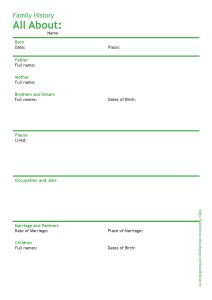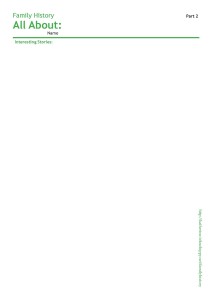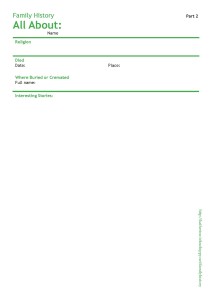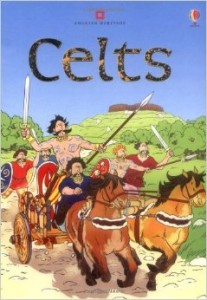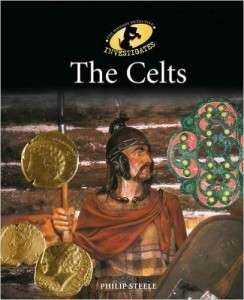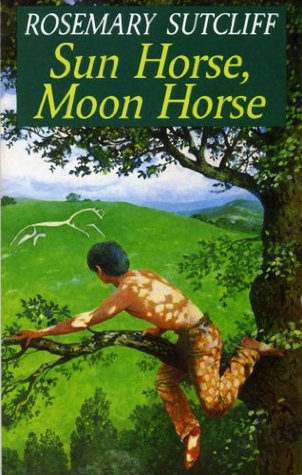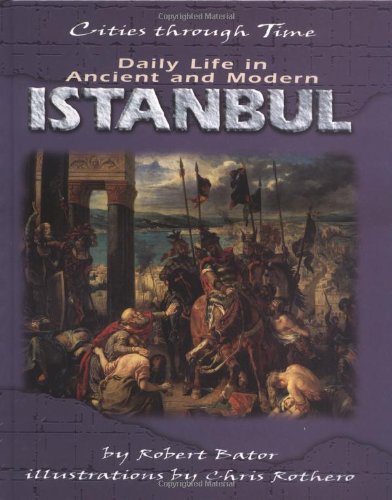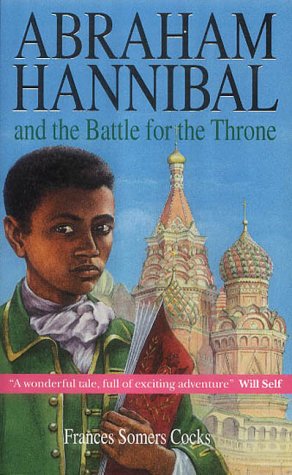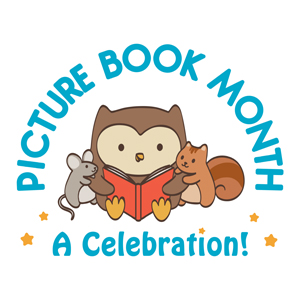
Each November celebrates Picture Book Month.
On the Picture Book Month website, and through its email newsletter you can find out about many different people’s ideas for why picture books are important.
Here though I’d like to share some of our favourite picture books based on the topics in this year’s Picture Book Month calendar.
Elephants

Kidogo: The Littlest Elephant
by Anik McGrory
Many picture books feature a character in the form of an animal, but that are in essence people. We on the other hand have a fondness of picture books about animals, that mostly show the animals as themselves.  Hence our love of the Nature Storybooks.
Kidogo is somewhere in between. A little elephant who feels dwarfed by the world around him. We particularluy love the trail of interesting savannah animals he meets on his way.
See Kidogo on Amazon
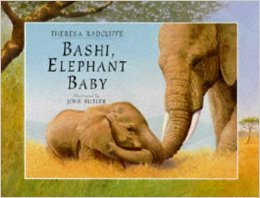 Bashi, Elephant Baby
Bashi, Elephant Baby
by Theresa Radcliffe (Author), John Butler (Illustrator)
The story of a newborn elephant’s first days in the wild. Always great to find a book that reflects the real life stories of an animal. We haven’t yet read this one, but we really enjoy The Snow Leopard, by the same author and illustrator. The images are beautiful, really evoking the landscape and a close intimacy with the animal itself. John Butler’s illustrations are definitely in the realm of wildlife artist and they really stand out for their detail, and character.
See more of John Butler’s work
See Bashi, Elephant Baby on Amazon
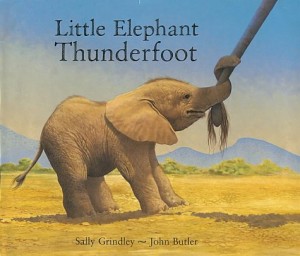 Little Elephant, Thunderfoot
Little Elephant, Thunderfoot
by Sally Grindley (Author), John Butler (Illustrator)
Another animal story beautifully illustrated by John Butler. This time written by Sally Grindley. Newborn Thunderfoot starts to explore his world, getting to grips with everyday family life. But his herd faces tragedy. This book deals with issues of death and poaching.
See more of John Butler’s work
See Little Elephant, Thunderfoot  on Amazon
Travel
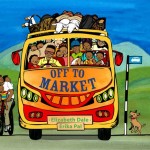 Off to Market
Off to Market
by Elizabeth Dale (Author) and Erika Pal (Illustrator)
This year in the library we discovered this charming picture book about a bus journey in Africa.
The bus is off to market today. Everyone wants to get on. The pictures are full of lively little details, and we had great fun spotting all the different people, and things getting on the bus. It is a morality tale about how taking the initiative and helping others can overcome problems.
See Off to Market on Amazon
